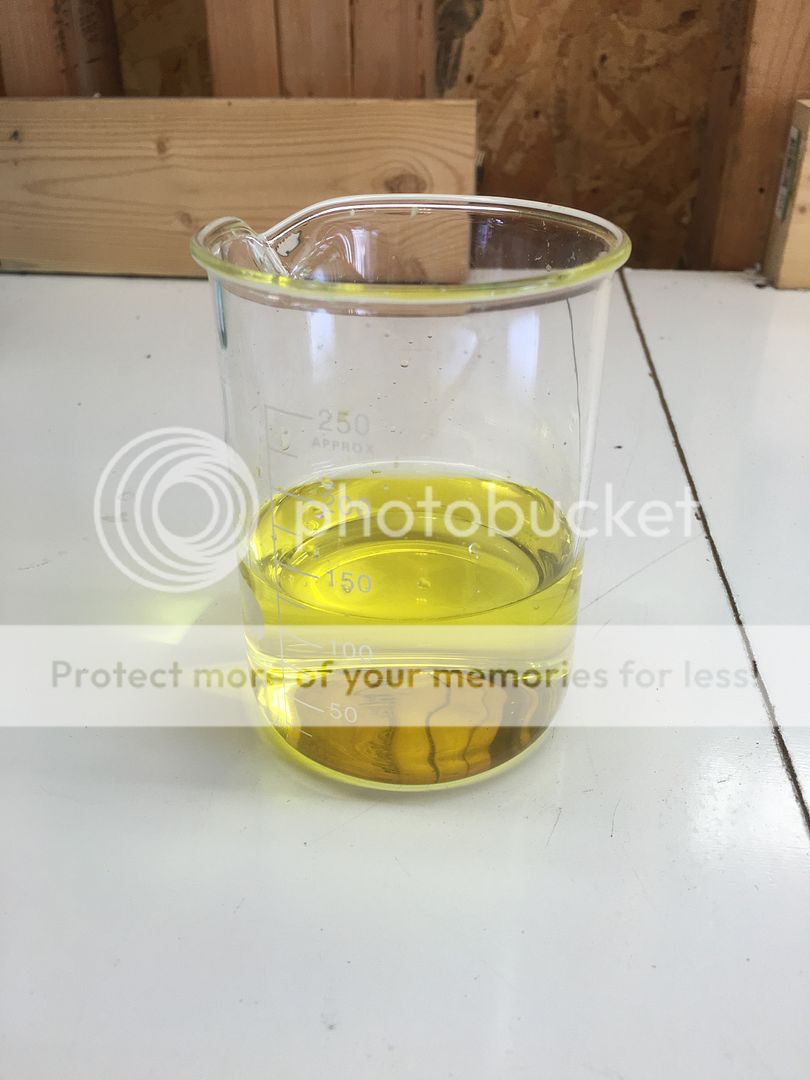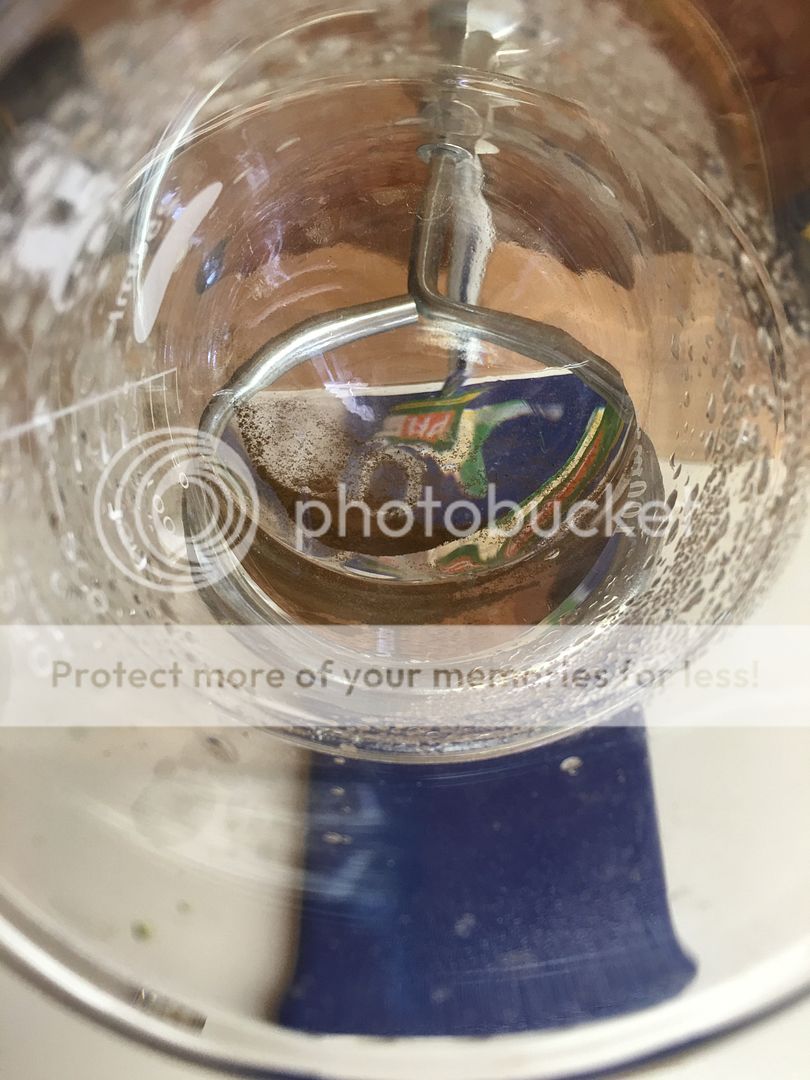Phishin_ca
Well-known member
First Post! I have been a member for a while, but I feel that I am at the point where I can post a question or two. Before I do, I want to assure everyone that I am not going to jump into a process without fully understanding the results (including what can go wrong). From my readings of "The Helping Friendly Book" and many posts on this board, I feel that my first acquaintance tests will involve;
1. Creating stannous chloride. http://goldrefiningforum.com/~goldrefi/phpBB3/viewtopic.php?f=52&t=22011 (Thanks kadriver!). My understanding from reading other threads is if I keep a bit of Sn in the bottom of the container, I can just replenish with HCL as needed to fill the bottle. Am I correct that the ratio of Sn:HCL is not as important as ensuring that the solution can no longer absorb more tin?
2. Creating a known good test solution of gold. The best source for this is a button or karat gold. This is where I feel I need to really slow down, even though I never really got up to speed. I believe there are several methods to get this solution. Karat gold, flattened, in AR or NaNO3 in HCL with heat. Is it possible to dissolve higher karat gold in HCL+Cl? I think the additional metals would grind it to a halt. As evidenced by many threads I have seen on this board, I could just dump a lot of H2O2 and HCL on some fingers and get a positive test but who wants dirty standards?
I really want to take this first step and sit back for a while (maybe even repeat it a time or two) so I don't become a statistic.
I also wanted to say Thank You to Dave (FrugalRefiner) for a warm welcome (even though it was private).
And to Harold... With all the research that I have done over the past year, I think that your demeanor and class with handling this forum is wonderful. While it may seem heavy handed to some, I understand that we are not talking about making bracelets from bubble gum wrappers. I really appreciate the fact that there is not a lot of drama here.
Too Long? Didn't Read?
1. Is it OK to keep feeding Sn to HCL until there is no reaction to make my stannous chloride test solution?
2. Can I use HCL+Cl to dissolve 18k gold for my standard, or do I have to use AR?
I would really like to talk about the how and why, more than just receiving a referral to another resource (search or document). Sorry if it seams basic to those of you who have done this in the past. I just want to learn everything I can. I think this kind of dialog facilitates that.
Shawn
1. Creating stannous chloride. http://goldrefiningforum.com/~goldrefi/phpBB3/viewtopic.php?f=52&t=22011 (Thanks kadriver!). My understanding from reading other threads is if I keep a bit of Sn in the bottom of the container, I can just replenish with HCL as needed to fill the bottle. Am I correct that the ratio of Sn:HCL is not as important as ensuring that the solution can no longer absorb more tin?
2. Creating a known good test solution of gold. The best source for this is a button or karat gold. This is where I feel I need to really slow down, even though I never really got up to speed. I believe there are several methods to get this solution. Karat gold, flattened, in AR or NaNO3 in HCL with heat. Is it possible to dissolve higher karat gold in HCL+Cl? I think the additional metals would grind it to a halt. As evidenced by many threads I have seen on this board, I could just dump a lot of H2O2 and HCL on some fingers and get a positive test but who wants dirty standards?
I really want to take this first step and sit back for a while (maybe even repeat it a time or two) so I don't become a statistic.
I also wanted to say Thank You to Dave (FrugalRefiner) for a warm welcome (even though it was private).
And to Harold... With all the research that I have done over the past year, I think that your demeanor and class with handling this forum is wonderful. While it may seem heavy handed to some, I understand that we are not talking about making bracelets from bubble gum wrappers. I really appreciate the fact that there is not a lot of drama here.
Too Long? Didn't Read?
1. Is it OK to keep feeding Sn to HCL until there is no reaction to make my stannous chloride test solution?
2. Can I use HCL+Cl to dissolve 18k gold for my standard, or do I have to use AR?
I would really like to talk about the how and why, more than just receiving a referral to another resource (search or document). Sorry if it seams basic to those of you who have done this in the past. I just want to learn everything I can. I think this kind of dialog facilitates that.
Shawn












































































